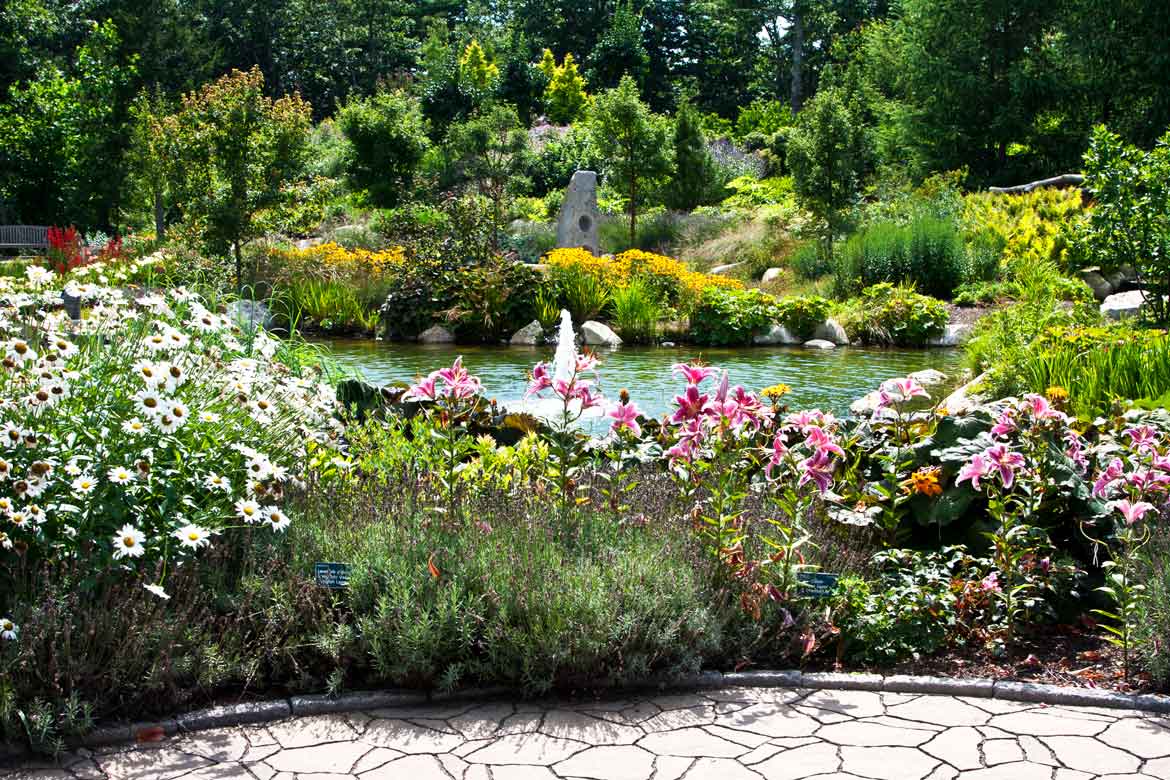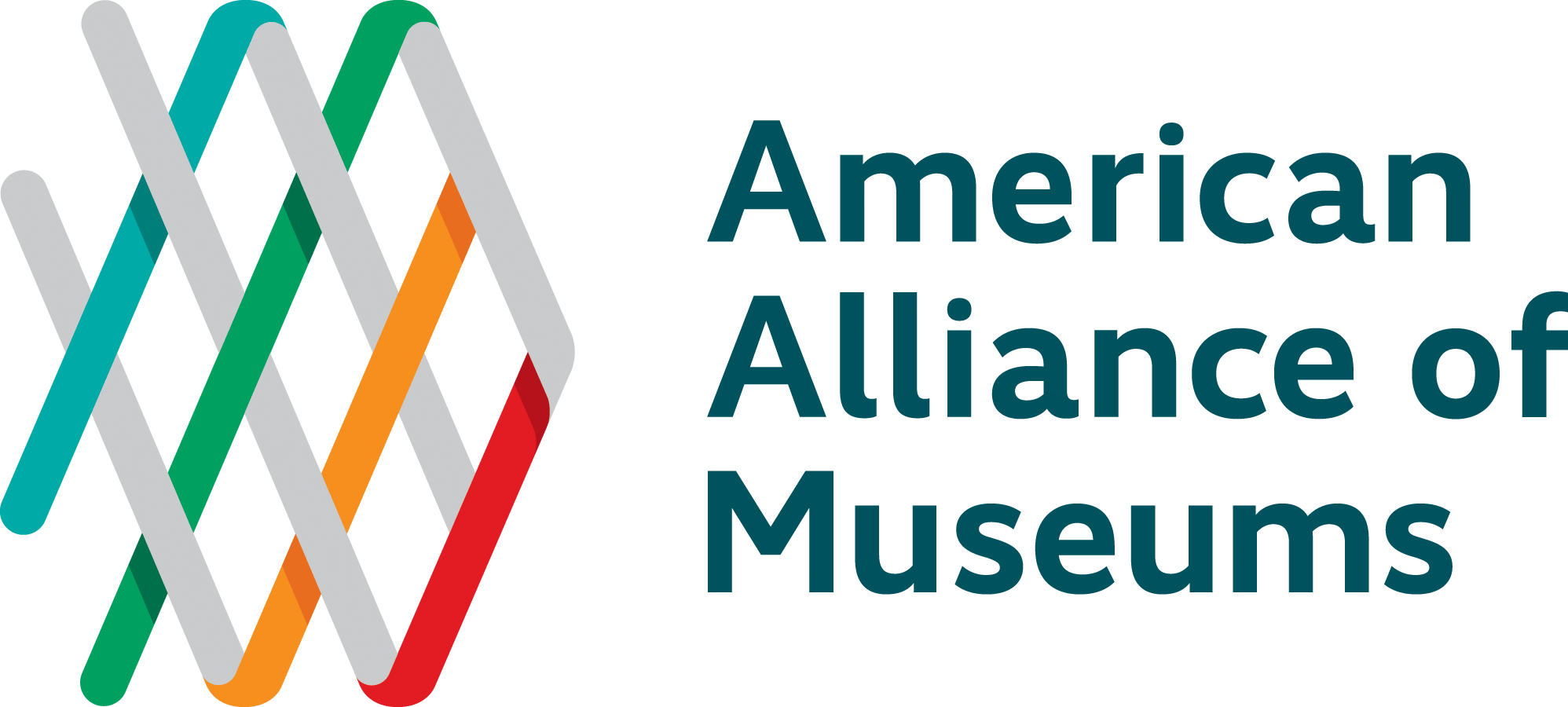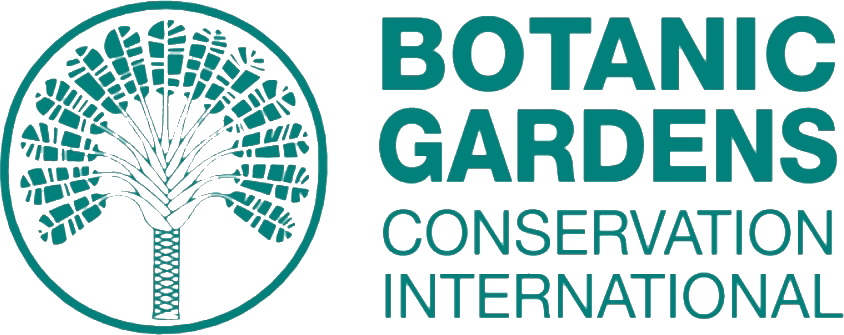Usimamizi wa Taka katika bustani ya Botaniki ya Pwani ya Maine

Udhibiti wa taka ni sehemu muhimu ya mtazamo wa jumla, wa kitaasisi wa kushughulikia mabadiliko ya hali ya hewa, kutoka kwa kupunguza na kuondoa plastiki inayotumika mara moja hadi kutengeneza mboji na kuchakata tena. Tulihoji Adam Harkins, mkurugenzi wa vifaa katika Bustani ya Mimea ya Pwani ya Maine, ili kuzungumzia mbinu zao za kuchakata tena na kupunguza taka.
Tuambie jinsi Bustani ya Mimea ya Pwani ya Maine inavyodhibiti taka. Je, ulikamilisha ukaguzi?
Takriban miaka kumi na moja iliyopita, programu mpya ya kuchakata iliundwa katika Kituo cha Elimu ya Familia cha Bosarge Bustani ya Mimea ya Pwani ya Maine. Kipengele kimoja cha kusimamia jengo lililoidhinishwa na LEED ni a mfumo wa kuchakata wa vitengo vitatu ndani ya kituo hicho, ikijumuisha plastiki, glasi, metali na karatasi.

Ukaguzi wa taka ulikamilika ili kutathmini mpango wa kuchakata tena. Ukaguzi wa taka ulitudhihirishia kuwa kulikuwa na upungufu wa mawasiliano taka kati ya umma wetu na wafanyikazi wetu. Kwa kujibu, a kamati ya uendelevu iliundwa ambapo wafanyakazi kutoka idara mbalimbali wangekutana ili kujadili usimamizi bora wa taka. Wafanyikazi sasa walipata nafasi ya kuhusika zaidi katika programu zetu za uendelevu. Kamati ilijadili na kuunda mfumo mpya na kontena za taka za kibinafsi: kuchakata tena, dampo, plastiki, metali na mboji. Pamoja na kamati ya uendelevu, Michael Marr, mratibu wetu wa uendelevu, husaidia kuendesha programu ya kuchakata tena.
Niambie zaidi kuhusu kipengele cha kutengeneza mboji. Ninaelewa unashughulikia hilo kwenye tovuti.
Programu ya mboji iliundwa kama miaka 16 iliyopita ndani ya bustani na hivi karibuni imeongezwa kwa majengo yetu mengine. Wafanyakazi sasa wanatunza mboji iliyowekwa kwenye mapipa yao binafsi, na mapipa ya mboji pia sasa yanapatikana katika Bustani ya Watoto ya Alfond, bustani ya Lerner, Café, Kituo cha Elimu cha Borsage, na kituo kipya cha wageni; sisi pia bila shaka tunatengeneza nyenzo za mimea. Tunakusanya na kuweka mbolea kwenye tovuti kabisa.
Pwani ya Maine pia imepunguza uchafu wao katika maeneo mengine ikiwa ni pamoja na plastiki ya matumizi moja, chupa za maji, na kutengeneza mboji. Ufungaji wa vichungio vya chupa, kubadilishia glasi na chupa za maji za kadibodi, na kuuza chupa za maji zinazoweza kutumika tena kumepunguza matumizi ya plastiki moja kati ya wageni wa umma. Wafanyikazi hutumia vikombe vinavyoweza kutumika tena, vyombo vya fedha na meza kwenye chumba cha mapumziko.
Ikiwa taasisi hazijui wapi pa kuanzia kupunguza upotevu wao, ungependekeza mapendekezo gani?

Njia moja ambayo tumehimiza upunguzaji wa taka ni kwanza anza na wafanyakazi kuhimiza upunguzaji wa taka ofisini kabla ya kufanya kazi na umma. Tulianza na mfumo wetu wa kuchakata mitiririko mitatu na tukachukua mchakato huo hatua moja baada ya nyingine. Mara tu wafanyakazi wetu walipoelewa urejeleaji na mitiririko ya taka, walisisimka zaidi. Kujitahidi kupata wafanyakazi wetu wa kujitolea na wafanyakazi wetu wanaohusika na kuchakata tena kumekuwa na mafanikio makubwa. Elimu ni muhimu katika kuelewa jinsi ya kuchakata tena.
Kipengele kingine muhimu cha mawasiliano na mpango wa taka uliofanikiwa ni zungumza mara kwa mara na ukusanyaji wa taka za ndani kituo ili kuthibitisha ni aina gani za nyenzo zinazokubaliwa. Kila kituo kinaweza kutofautiana katika nyenzo gani wanakubali na siku gani watazikubali. Huduma ya kukusanya taka ambayo Coastal Maine hutumia inakubali tu nyenzo za plastiki nambari 2 kwa nyakati mahususi za mwaka. Kila mtu hujisikia vizuri anapoweka chupa zake kwenye urejeleaji, lakini ikiwa hakuna mahali pa kuweka chupa, zitaishia kwenye jaa. Kuunganishwa na mkusanyaji taka kunaweza kuthibitisha mkondo wa taka zako.
Je, unaweza kuniambia kuhusu maonyesho mapya ya Walinzi wa Mbegu na jinsi troll katika onyesho lako zinavyojumuisha usimamizi endelevu wa taka.

Coastal Maine inaonyesha ubunifu wa Thomas Dambo wa Walinzi wa Mbegu ya troli tano, katika misitu yote. Dambo anachukuliwa kuwa msanii anayeongoza duniani katika utayarishaji wa nyenzo na ubunifu wake unaweza kupatikana duniani kote. Troll inajumuisha mafundisho matatu: Okoa Mbegu na Panda Miti Zaidi, Punguza na Utumie Tena, na Gundua na Shiriki Hadithi za Woods. Troll zinaonyesha hadithi kuhusu ulinzi na uhifadhi wa msitu wa pwani. Harkins anaamini kwamba sio tu juu ya kupanda mbegu za miti iliyo karibu nawe lakini juu ya ujuzi wa kwa nini eneo la Kaskazini Mashariki linapoteza miti. Mabadiliko ya hali ya hewa yanaongeza kasi ya kasi ya dhoruba kali zaidi za upepo Kaskazini-mashariki ambayo inasababisha miti zaidi kuanguka. Sababu nyingine za kupotea kwa miti ni ukataji miti, wadudu vamizi, fangasi, na ugonjwa wa ukungu.
Kuunda sanaa kutoka kwa nyenzo zilizosindikwa ni matumizi mazuri ya kutazama taka kwa njia inayoonekana ili uweze kuona mitiririko ya udhibiti wa taka. 90% ya nyenzo zilizotumika kujenga troli ni pallet na mbao zilizosindikwa kutoka kwa kampuni za utengenezaji na duka za vifaa vya ndani katika jimbo la Maine. Aina za kuni zilizosindika ni pamoja na kukata mbao (nyenzo kutoka kwa mbao) na slab ya mwaloni (nyenzo zinazotokana na miti iliyoanguka). Nyenzo zingine za troll ni pamoja na matawi na mizizi ya miti ambayo imeanguka wakati wa dhoruba, kwa ndevu, nywele na nyusi. Nyenzo hizi zingeweza kupata maisha tofauti kwenye kinu au kama karatasi au kutafunwa kama matandazo ya gome mahali fulani. Lakini sasa wana maisha marefu kama sauti kwa miti.









Maoni Mapya